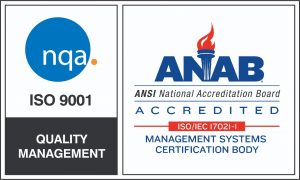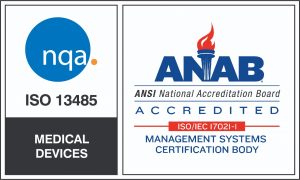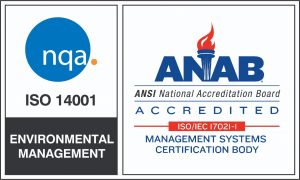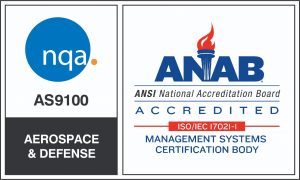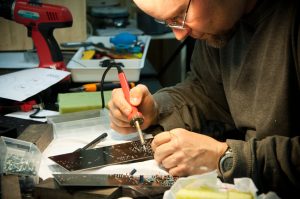 Companies today are under a lot of pressure to create new products. While the design process requires a certain level of creativity and innovation, many new ideas come from older, existing products. Through reverse engineering, manufacturers can find new ways to utilize old ideas.
Companies today are under a lot of pressure to create new products. While the design process requires a certain level of creativity and innovation, many new ideas come from older, existing products. Through reverse engineering, manufacturers can find new ways to utilize old ideas.
What is Reverse Engineering?
Reverse engineering involves taking a product apart and analyzing each individual component and the way it works. Manufacturers then use this knowledge to create new products.
In the electronics industry, electronics manufacturers often use reverse engineering to make improvements or upgrades to existing products. While some similarities between the new and existing product may exist, the two are never exactly the same. Reverse engineering isn’t about recreating an exact match, it’s about figuring out how to produce a better and more efficient product.
Benefits of Reverse Engineering
Reverse engineering makes it possible for manufacturers to incorporate older inventions into new products. This improves time to market and enables product enhancements and improvements. Simply put, the reverse engineering process expands the knowledge and capabilities of electronics manufacturers.
There are numerous reasons why contract manufacturers utilize reverse engineering:
- Incorporate old ideas into new products
Reverse engineering allows contract manufacturers to take existing parts, processes, and structures and re-purpose them for other uses.
- Product improvements
Reverse engineering involves a detailed analysis of the various components of a product. This helps locate areas that could benefit from improvement. This is one of the most common reasons electronic manufacturers utilize reverse engineering. - Locate vulnerabilities in an existing product
An important part of product improvement, reverse engineering helps locate any faults in existing products that could affect the safety and well-being of the people that use them.
- Bring less expensive products to market
Reverse engineering helps lower manufacturing costs and helps electronic manufacturers improve the overall quality and consistency of products produced. - Inspire innovation
Perhaps one of the greatest benefits of reverse engineering is that it inspires innovative design. Electronics manufacturers often find systems and processes during reverse engineering that could benefit a completely different product or industry.
Means Engineering offers a variety of contract manufacturing services. Please contact us for information about our services.
 Consumers today expect high quality products that perform as expected time and time again. Unfortunately, companies often struggle to meet consumer demand.
Consumers today expect high quality products that perform as expected time and time again. Unfortunately, companies often struggle to meet consumer demand. Companies today must continually release new products to keep up with consumer demand. This can be difficult when you have distributed teams working with external suppliers. Slip ups are common. Unfortunately, one mistake can create numerous problems for your business. It’s important to ensure that everyone is on the same page when it comes to new product introductions.
Companies today must continually release new products to keep up with consumer demand. This can be difficult when you have distributed teams working with external suppliers. Slip ups are common. Unfortunately, one mistake can create numerous problems for your business. It’s important to ensure that everyone is on the same page when it comes to new product introductions. Businesses around the world utilize contract manufacturing. These businesses understand the benefits of partnering with a quality CM. For new businesses or businesses just starting to look into the opportunity of outsourcing, the concept of contract manufacturing can be hard one to grasp. While most people understand the general idea behind contract manufacturing, many don’t understand how or when to utilize these services.
Businesses around the world utilize contract manufacturing. These businesses understand the benefits of partnering with a quality CM. For new businesses or businesses just starting to look into the opportunity of outsourcing, the concept of contract manufacturing can be hard one to grasp. While most people understand the general idea behind contract manufacturing, many don’t understand how or when to utilize these services. In the manufacturing industry, waste refers to any action or step that does not add value to the customer. These are all of the little extras within a process that the customer does not want to pay for. The goal of lean manufacturing is to remove waste from the manufacturing process.
In the manufacturing industry, waste refers to any action or step that does not add value to the customer. These are all of the little extras within a process that the customer does not want to pay for. The goal of lean manufacturing is to remove waste from the manufacturing process.